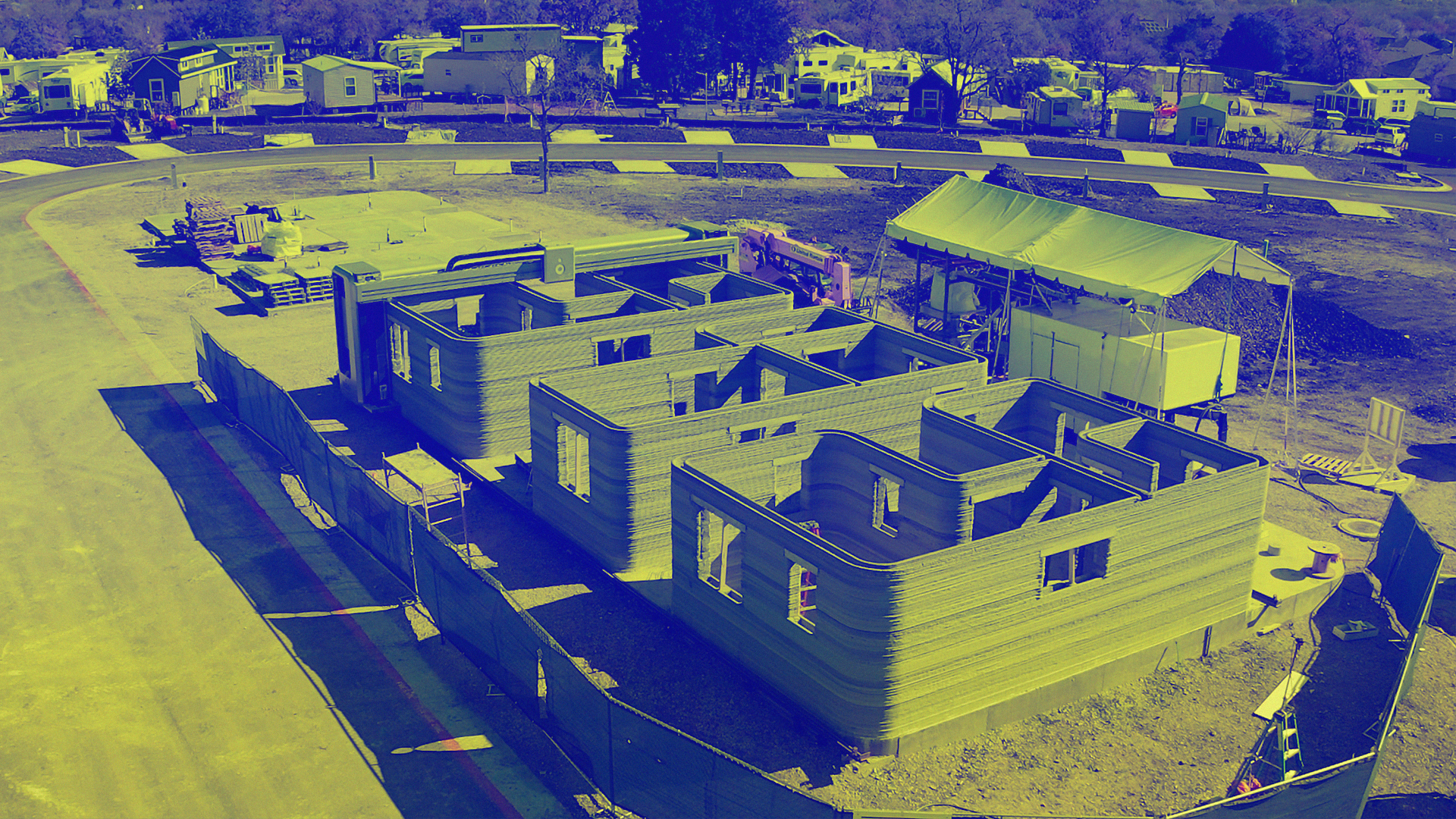With the 3D printing market projected to reach nearly $56 billion by 2027, companies are now using the technology to build affordable housing and plan to utilise it in disaster zones.
3D printing is fast expanding beyond sneaker designs, children’s toys, and elaborate cosplay costumes.
Though there’s definitely a future for the tech within more mainstream industries, the potential for real positive impact is what makes it so exciting. In recent times, 3D printers have been utilised to create prosthetic limbs, cultivated tissue for human transplants, and even architecture for other planets.
On that last point, the application of easy-to-assemble structures is coming into play for humanitarian causes too. In a time where millions are displaced by war and climate change, and housing prices become increasingly untenable, companies are turning to 3D printing as a practical solution.
With 3D printing projected to hit $56 billion as early as 2027, just how large a role is architecture likely to play?
3D printing to solve housing shortages
Housing companies based across Mexico and the US have already built entire communities using upscaled 3D printers.
Surprised at the consistent quality of the final product, several construction companies are now creating affordable homes in record time. The Vulcan II printer – standing at 11 foot – prints a house a day in Nacajuca, Mexico.
Intended to provide ‘low income households’ and those in remote regions with a safe place to live, the results are becoming increasingly more sophisticated. In San Francisco, such models are one story high and have a kitchen, two bedrooms, and a bathroom.
With no real labour required throughout construction, these autonomous printers pile thin layers of concrete over and over to form a solid structure. They may not look overly sturdy, but those erected in Mexico were completely unscathed by an earthquake of 7.4 magnitude.
In Italy’s commune of Massa Lobarada, where housing shortages are particularly strained, a similar type of printer has created zero waste igloos sourced from local soil. Again, no floor plans or foundations are needed.



















